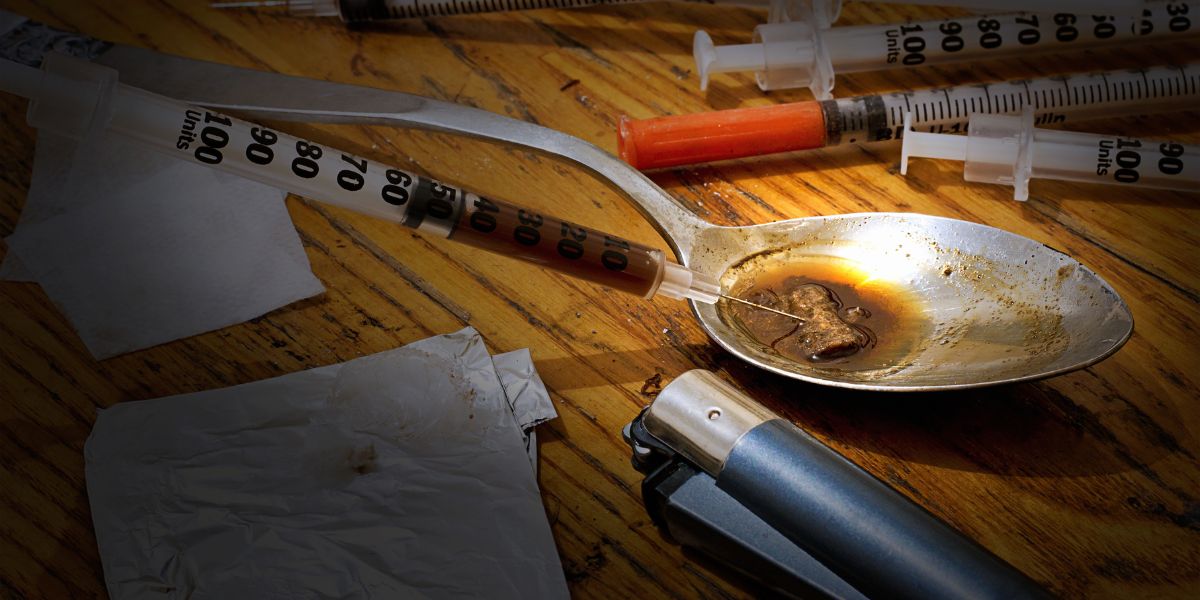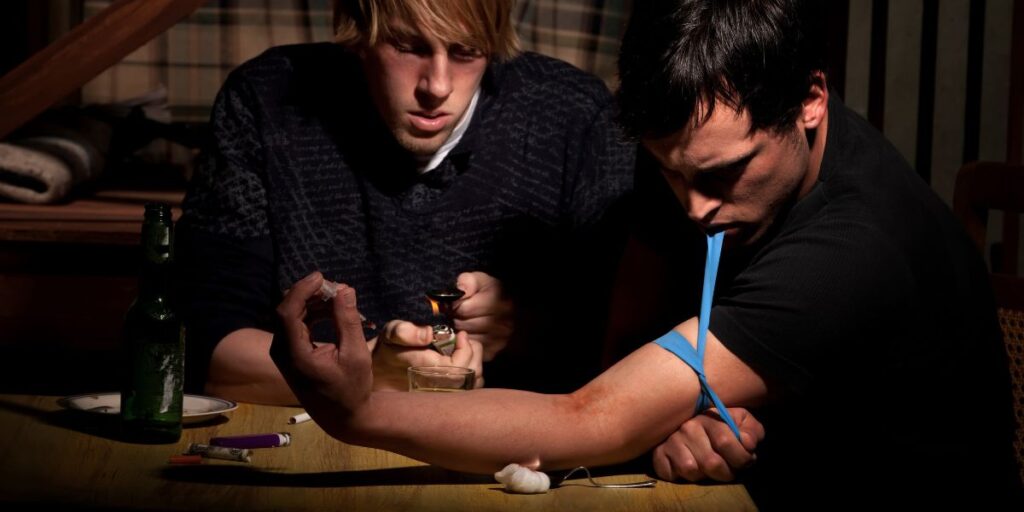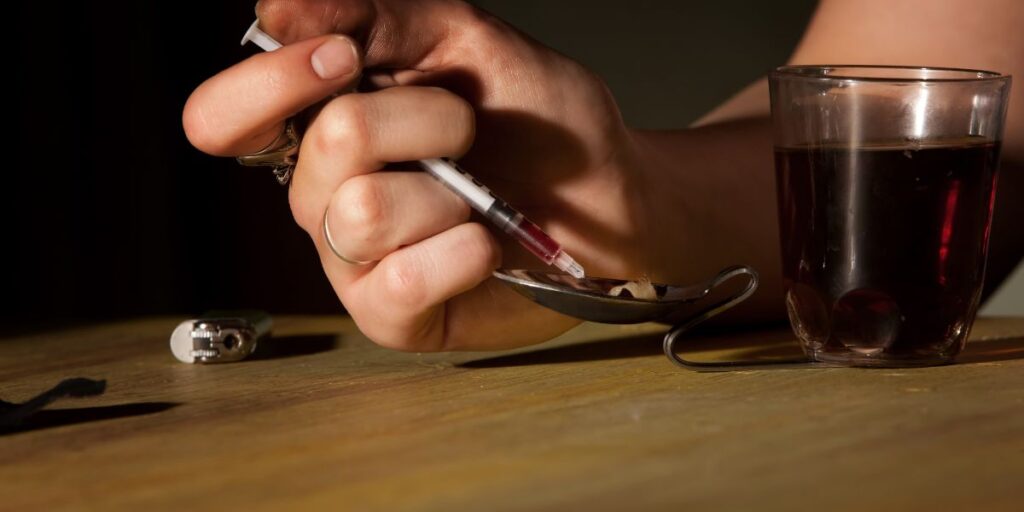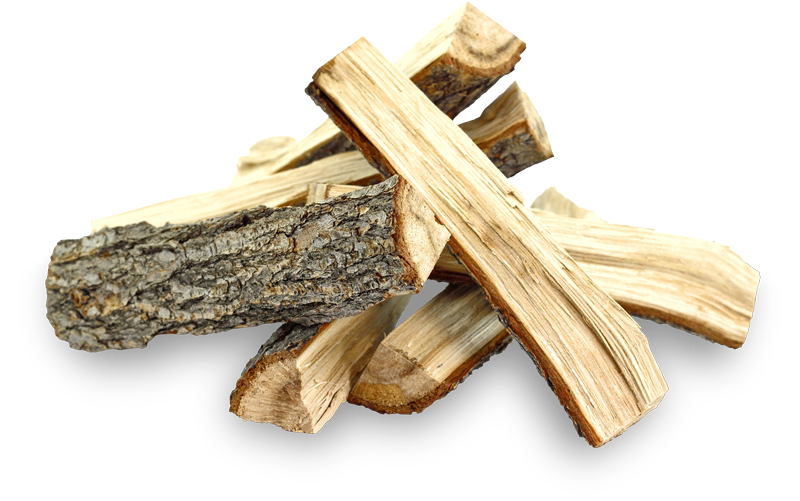What Is Black Tar Heroin?


The opioid crisis in the United States has led to many people developing substance use disorders and mental health problems. This has driven them to resort to using injection drugs for relief.
Many people who used to depend on prescription drugs are now seeking cheaper alternatives to satisfy their addiction. One option they are turning to is heroin, mainly black tar heroin. Black tar heroin stands out as an affordable and readily available opioid substance.
The National Institute on Drug Abuse (NIDA) describes black tar heroin as sticky like roofing tar or hard like coal. Its unique color comes from basic processing that leaves many impurities.
Black tar heroin is less expensive and less pure than other types of heroin, making it more addictive and dangerous.
What Is Black Tar Heroin?
Black tar heroin represents a distinct variety of heroin, predominantly found in regions receiving their drug supply from South America, notably within border states such as Texas.
Contrary to the belief that it is less potent due to its affordability and availability, black tar heroin matches the potency of its white and brown counterparts. This misunderstanding has escalated the number of heroin overdose fatalities, as some heroin users wrongly assume they require higher doses for the desired effect.
The lower cost of black tar heroin stems from its minimal refinement and processing compared to other heroin types. This allows for the addition of various substances into black tar heroin without altering its visual and physical properties.
Black Tar Heroin Slang and Street Names
Numerous slang terms are used to refer to heroin, particularly black tar heroin, each with its unique designation. These specific street names include:
- Black tar
- Black
- Shebang
- Monkey water
- Black dragon
- Mexican mud
- Black pearl

How to Use Black Tar Heroin
Black tar heroin is different from other forms because it is difficult to snort or smoke. Most people prefer to inject it to get high.
Some people mix black tar heroin with hot water. They let it cool down. Then, they use an eyedropper or syringe to put the liquid in their nose. This method is common among people who don’t have needles or have issues with their veins or injection sites.
What Does Black Tar Heroin Look Like?
Black tar heroin is, as its name suggests— a dark, sticky substance reminiscent of glue or tar, primarily dark black or an intense dark brown in hue.
The unique appearance and texture of black tar heroin are the results of the specific processing techniques and cutting agents used during its production, rendering it unable to be transformed into powder heroin.
Occasionally, it may appear solid, resembling small, dark, rough, and porous coal chunks. However, it is commonly distributed in small packets of plastic or foil or even in non-inflated balloons.
As with any illicit drug, variations exist between batches, yet a consensus among black tar heroin users is its consistently strong vinegar-like odor.
Black Tar Heroin vs Heroin
Despite the stark contrast in their appearances, black tar heroin and regular heroin share more similarities than differences, particularly in terms of their effects and associated risks.
Research conducted by HHS or The Department of Health and Human Services has revealed that individuals who have used both black tar heroin and regular heroin report very similar experiences of euphoria.
In the United States, the widespread availability and affordability of black tar heroin are attributed to its minimal chemical processing and the use of inexpensive, common cutting agents. In contrast, regular heroin undergoes more extensive filtration, requiring more precise cutting agents to maintain its color and texture.
The CDC, or the Centers for Disease Control and Prevention, cautions that the contaminants found in black tar heroin considerably heighten the likelihood of bacterial infections and wound botulism, a rare and grave illness that happens when a particular germ called Clostridium botulinum gets into a body wound. When this deadly bacteria enters the wound, it creates a toxin that attacks your body’s nerves and muscles.
Types of Heroin
Globally, heroin is available in three distinct forms, all derived from morphine extracted from poppy plants. These forms include white heroin, brown heroin, and black tar heroin.
White Heroin
White heroin is the most prevalent form of heroin worldwide, typically sourced from Southeast Asia.
Characterized by its fine, lightweight powder form, it dissolves easily in water, providing versatility in consumption methods. Users of white heroin have the option to inject, smoke, or snort the substance.
Brown Heroin
Brown heroin predominantly originates from Southwest Asia, though it is available globally.
This form of heroin is a coarse, grainy brown powder with shades ranging from off-white to medium brown, and it does not easily dissolve in water.
Individuals using brown heroin can inject, smoke, or snort it despite its less soluble nature.
Black Tar Heroin
Black tar heroin is uniquely produced in Mexico and Colombia, establishing it as the most prevalent type of heroin across the United States, notably in regions west of the Mississippi River.
This type of heroin presents itself in two forms: as a solid, brittle block or as a gummy, sticky substance with colors varying from dark brown to black. It is notable for its inability to dissolve in water.
Users of black tar heroin primarily resort to injection as their method of use. The high acidity level associated with smoking black tar heroin leads to the burning of soft tissues in the nose and mouth, while its sticky consistency renders snorting nearly impossible.

Black Tar Heroin Purity
The quality of black tar heroin depends on the techniques used to purify, including the kinds and quantities of substances mixed in, known as adulterants and diluents or cut.
Adulterants are active substances that impact the body, including numbing powders, methamphetamines, fentanyl, or xylazine, which, despite being more affordable and accessible, can enhance or mimic the effects of heroin.
Conversely, diluents are inactive substances like sugar, starch, baby powder, or milk powder.
To increase the volume of their product and thus increase profitability, dealers and chemists incorporate diluents, allowing them to distribute a greater quantity at elevated prices.
Heroin Addiction Treatment at White Oak Recovery Center
If you or someone close to you is facing the challenges of heroin addiction, support and treatment is available at White Oak Recovery Center.
Our proficient and experienced White Oak Recovery Center team understands that each individual has distinct needs, facilitating a tailored and adaptable treatment strategy to foster enduring recovery.
Our serene residential care environment provides on-site medical detoxification and medication-assisted treatment (MAT) to manage withdrawal symptoms with the utmost care and confidentiality.
After navigating through the withdrawal phase, we collaborate with you to dive into the core of your addiction, employing proven therapeutic approaches to confront and resolve the underlying issues and the damage inflicted on you and your loved ones.
Our empathetic treatment specialists at WORC are committed to your rehabilitation journey. Contact us today.

Am I covered for addiction treatment?
Your insurance may cover treatment. Call now for an entirely free and confidential assessment. Recovery starts with a phone call.

- “Injection Drug Use and Wound Botulism.” Centers for Disease Control and Prevention, May 2022.
- “What is Heroin and How is It Used?” National Institute on Drug Abuse, Jun. 2018.
- Ciccarone, D., “Heroin in Brown, Black, and White: Structural Factors and Medical Consequences in the US Heroin Market.” Int. J Drug Policy, May 2009.
- Mars, Sarah G., et al., “The Textures of Heroin: User Perspective on ‘Black Tar’ and Powder Heroin in Two US Cities.” J Psychoactive Drugs, Sep. 2017.
Medical Disclaimer:







